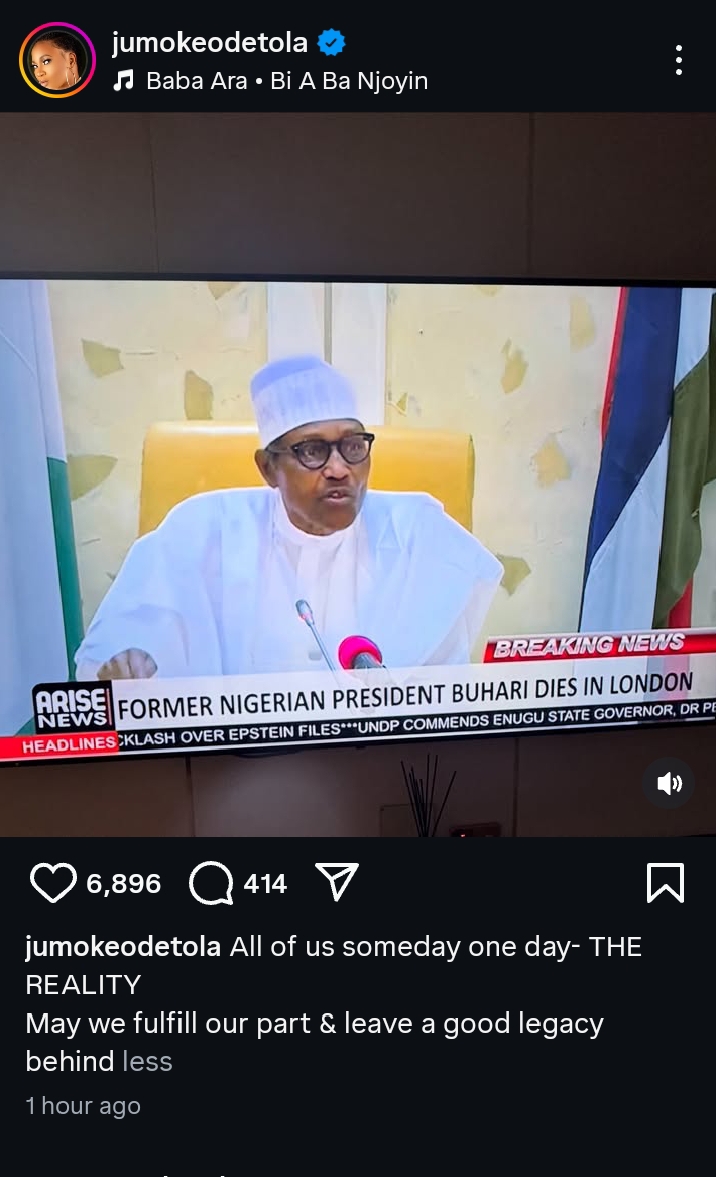Crafting a well-written cover letter is pivotal to securing a dream job, as it offers an opportunity to make a lasting first impression on hiring managers and recruiters.
Yet, in the quest for professional success, job seekers frequently ponder, “How long should a cover letter be?” In 2023, the answer may be different than previously thought.
How to determine the ideal cover letter length
When crafting a cover letter, it is essential to balance providing sufficient information and maintaining the reader’s interest.
The following factors contribute to determining the ideal length for a cover letter:
- Industry standards and expectations: Different industries may have varying expectations regarding cover letter length. Research the norms within the target industry to ensure the cover letter adheres to accepted standards.
- Clarity and conciseness: A well-written cover letter should be clear and concise, effectively conveying the applicant’s suitability for the role without overwhelming the reader with excessive detail. Aim to present the most relevant information that is easy to digest.
- Word count and formatting: While there is no one-size-fits-all rule for cover letter length, a general guideline is to keep it between half a page and one full page. This range typically equates to approximately 250 to 400 words. In addition, use formatting tools such as bullet points, headings and white space to break up large blocks of text and enhance readability.
By considering these factors, job seekers can craft a cover letter that effectively communicates their qualifications while maintaining an appropriate length.
What are some examples of recommended cover letter lengths across different industries?
While providing specific numbers on expected cover letter length across various significant industries is difficult, we can offer some general guidelines as many factors can influence the expectations. Usually, a one-page cover letter is considered standard across various industries.
However, specific fields may have unique expectations. Below are some examples:
- Finance and Business: A one-page cover letter is typically preferred in the finance and business sectors. According to Robert Half, a leading recruitment agency, a concise and well-structured cover letter is essential for these industries.
- Academia and Research: A longer cover letter of 1-2 pages may be expected in academic and research positions, as candidates often need to detail their research, publications and teaching experience. The University of California, Berkeley provides guidelines for academic cover letters, suggesting a length of 1-2 pages.
- Creative Industries (e.g., Graphic Design, Advertising): In creative industries, the focus is often on the quality and originality of work rather than the length of the cover letter. A shorter, more visually engaging cover letter of around one page or less might be expected. AIGA, the professional association for design, provides insights into crafting a creative cover letter.
Ultimately, it’s crucial to research the specific industry and company you’re applying to tailor your cover letter to their expectations.
How do you properly research the industry norms for cover letter length?
To find reliable information about recommended cover letter length for specific industries and positions, consider the following resources:
- Industry Associations and Professional Organizations: Many industries have professional associations that provide valuable resources and guidelines for job seekers, including cover letter advice. Examples include the American Marketing Association (AMA), the American Institute of Graphic Arts (AIGA) and the Society for Human Resource Management (SHRM).
- University Career Centers: Many universities offer comprehensive resources and advice for crafting cover letters, often tailored to specific industries or fields. Examples include Harvard University’s Office of Career Services and the University of California, Berkeley’s Career Center.
- Online Job Search Platforms: Websites like LinkedIn, Indeed and Glassdoor often provide job search tips, including guidance on crafting effective cover letters. Some platforms even offer industry-specific advice, giving you insights into the expectations of employers in your target field.
- Recruitment Agencies and Career Coaches: Professional recruitment agencies and career coaches often provide advice and resources on their websites or blogs. Examples include Robert The Muse and Workopolis.
- Networking: Contact professionals within your target industry for advice and insights. They may be able to share their experiences and recommendations regarding cover letter expectations for their field. Utilize platforms like LinkedIn to connect with people in your industry and engage in relevant discussions.
While these resources can offer valuable guidance, tailoring your cover letter to the specific company and position you are applying for is essential. When crafting your cover letter, always research the organization’s culture and values.
Which is better: Full-page or half-page cover letters?
Some hiring managers and recruiters may prefer a full-page cover letter, while others appreciate the brevity of a half-page document. To determine the appropriate length for a specific application, consider the industry norms, the complexity of the role and the amount of relevant information to be included.
For example, if applying for a senior management position in a highly technical field, a full-page cover letter might be necessary to convey the depth of experience and expertise. Conversely, a concise half-page cover letter highlighting key skills and accomplishments may be more suitable for an entry-level position in the creative industry.
What are the specific word count and page count recommendations?
While there is no universal rule for cover letter length, a general guideline is to keep it between half a page and one full page, which typically equates to approximately 250-400 words.
However, it is essential to prioritize the quality of the content over strictly adhering to a specific word count.
For instance, a well-crafted 350-word cover letter that effectively demonstrates the applicant’s fit for the role and addresses key requirements from the job description will likely be more impactful than a 250-word cover letter that fails to provide sufficient detail or context.
What factors can influence the length of your cover letter?
Various factors can influence the ideal length of a cover letter, including the job seeker’s experience, the job requirements and the company’s expectations. Consider these elements when crafting the cover letter and adjust the length accordingly.
For example, if a job posting emphasizes the need for a highly experienced candidate with a wide range of skills, a longer cover letter may be appropriate to showcase the breadth of relevant qualifications.
On the other hand, if a company is known for its fast-paced, results-oriented culture, a concise and focused cover letter that quickly highlights the most relevant skills and achievements might be more appealing to the hiring manager.
Why is concise, engaging writing best for cover letters?
Concise and engaging writing can significantly impact hiring managers and recruiters, demonstrating an applicant’s ability to communicate effectively and respect the reader’s time.
In addition, by presenting the most relevant information clearly and concisely, job seekers can create a lasting impression and increase their chances of success.
Related: These Resume and Cover Letter Templates Can Help Your Job Hunt
What are the core objectives of a cover letter?
As the perfect cover letter takes shape, it is essential to understand its underlying purpose. This understanding will provide a solid foundation for the writing process and facilitate crafting a document that effectively serves its intended function.
Connecting job seekers and hiring managers
One of the primary purposes of a cover letter is to act as a bridge between job seekers and hiring managers.
It allows candidates to present themselves in a way that goes beyond the confines of a resume by:
- Showcasing personality and communication skills.
- Demonstrating passion and motivation for the position.
- Providing context for career transitions or gaps in employment.
By doing so, job seekers can create a more comprehensive and compelling narrative, which helps hiring managers better understand the applicant’s fit for the position.
Showcasing relevant experience and work history
A cover letter serves as an opportunity to highlight and expand on relevant experience, skills and accomplishments.
By carefully selecting and emphasizing the most pertinent aspects of their work history, job seekers can demonstrate to hiring managers how they have effectively applied their abilities in previous roles and plan to contribute to the prospective organization.
Tailors your experience to the role
A well-crafted cover letter should never be a one-size-fits-all document. Instead, it must be tailored to the specific job description and company culture. This customization demonstrates a genuine interest in the position and showcases an applicant’s understanding of the company’s needs and values.
In addition, by aligning the cover letter’s content with the job description, job seekers can effectively illustrate how their unique skillset and experience make them the ideal candidate for the role.
Related: The 6 Musts of a Cover Letter
What are the critical components of an effective cover letter?
When creating a cover letter, it is crucial to include specific elements that convey professionalism and suitability for the role. The following sections highlight the vital components of a compelling cover letter and guide how to present them.
Contact information and salutation
Begin the cover letter by including contact information, such as name, address, phone number and email address. This information should be displayed at the top of the document. Next, address the hiring manager or recruiter by name, if possible.
Researching the recipient’s name demonstrates initiative and a genuine interest in the position. If the name is unavailable, opt for a general yet professional greeting, such as “Dear Hiring Manager.”
Engaging body paragraphs
An effective cover letter should consist of well-structured paragraphs that flow seamlessly, each serving a specific purpose:
- First paragraph: Capture the reader’s attention by mentioning the job posting and expressing enthusiasm for the role. Briefly introduce relevant qualifications or experiences that make the candidate a strong fit.
- Second paragraph: Delve deeper into the applicant’s background by highlighting specific accomplishments and relevant experiences. Draw connections between these achievements and the job description, illustrating how the candidate’s skillset aligns with the company’s requirements.
- Third paragraph: Showcase the applicant’s understanding of the company’s goals and values. Explain how their experiences and skills will contribute to the organization’s success, further solidifying their suitability for the role.
Related: How to Write an Amazing Cover Letter
What are some common mistakes to avoid when writing a cover letter?
It is essential to avoid some common pitfalls to maximize the effectiveness of a cover letter. These mistakes can undermine the applicant’s credibility and hinder their chances of success.
Generic writing
Using a generic cover letter for multiple job applications is a critical error. Instead, take the time to customize each cover letter to the specific job description and company culture, demonstrating genuine interest and understanding of the company’s needs.
Neglecting to research the company
Failing to research the company website and the manager’s name can signal a lack of initiative and genuine interest in the role. Make an effort to gather and incorporate this information into the cover letter to create a more personalized and compelling narrative.
Underestimating the importance of your resume
A well-crafted cover letter should complement and enhance the information presented in the resume. Neglecting either document can weaken the overall application.
Instead, take the time to create a cohesive and comprehensive narrative that effectively showcases qualifications, experience and fit for the role.
Related: How to Write a Cover Letter That Gets You an Interview
The power of writing an excellent cover letter
Crafting an effective cover letter is vital to the job application process.
By understanding its purpose, incorporating key components and determining the ideal length, job seekers can create a compelling and professional document that captures the attention of hiring managers and recruiters.
Moreover, avoiding common mistakes and ensuring the cover letter complements the resume will further increase the chances of success in securing the desired position.
Consider exploring Entrepreneur’s comprehensive articles to enhance your knowledge and skills in cover letter writing and other essential aspects of career development.






